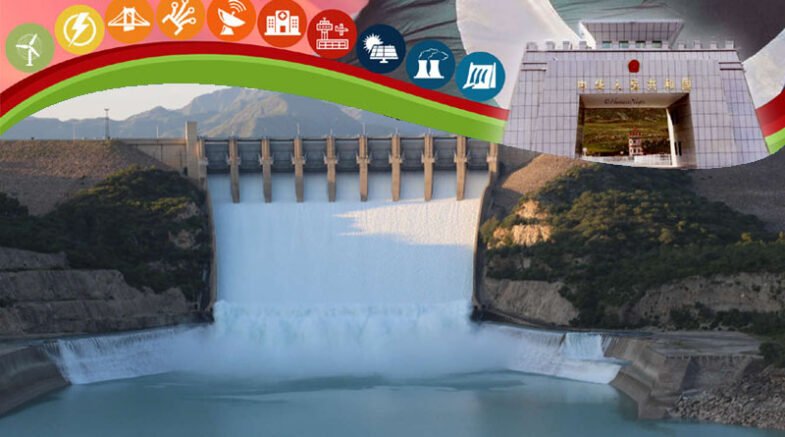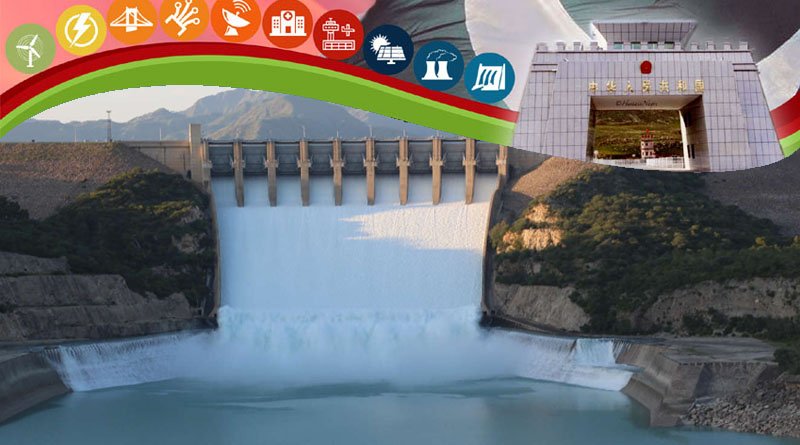Future climate change scenarios indicate that, as temperatures rise, the amount of water available and the demand for agricultural water in the CPEC may both rise.

Pakistan has proposed water resource management and climate change as potential areas of collaboration under the China-Pakistan Economic Corridor (CPEC) long-term strategy, according to reports.
The majority of fresh water used in CPEC is consumed for agricultural irrigation, which has an immediate impact on water resource management and allocation. Irrigation water demand is an important aspect of managing regional water supplies. Agriculture’s reliance on timely and adequate water supplies limits production and sustainability significantly.
The majority of the CPEC’s sub-regions are in arid and semi-arid areas with scarce water supplies. Pakistan is one of the world’s least developed countries in terms of its water resources.
The region’s need for water resources is growing due to population and agricultural output growth. Water scarcity threatens agricultural irrigation water supply, affecting crop yield and food security.
In Pakistan, the Indus River provides more than 17 gigatonnes of hydropower and water to the Indus Basin Irrigation System, the world’s largest contiguous irrigation network. According to Scientific Reports, 2022, more than 90% of Pakistan’s agricultural output is derived from the Indus Basin, making Pakistan particularly reliant on it.
According to Dr. Fakhrul Islam of the University of Peshawar (UoP), special attention must be paid to water resource management because the gap between supply and demand for water resources widens as the population grows. He stated that CPEC provides Pakistan with an excellent opportunity to address the issue of water resource management.
“By 2025, Pakistan is expected to be a water-stressed country.” The acute challenge of water resource scarcity is impeding agriculture’s sustainable growth in Pakistan. “This emphasises the critical need for sustainable distribution of limited water resources,” he said.
Future climate change scenarios indicate that, as temperatures rise, the amount of water available and the demand for agricultural water in the CPEC may both rise. As a result, it is critical to implement appropriate water-saving irrigation techniques and modify crop planting patterns in order to save oasis ecosystems while also meeting residents’ needs.
Dr. Islam believes that changing crop planting patterns will benefit the region’s water resources, reduce malnutrition, and support water-saving irrigation techniques and water delivery systems in Pakistan.
“Enhanced communications between China and Pakistan in the areas of agriculture, industrial technology, and other areas would gradually increase regional water and grain security.”
